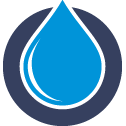Understanding the Costs of Grease Traps
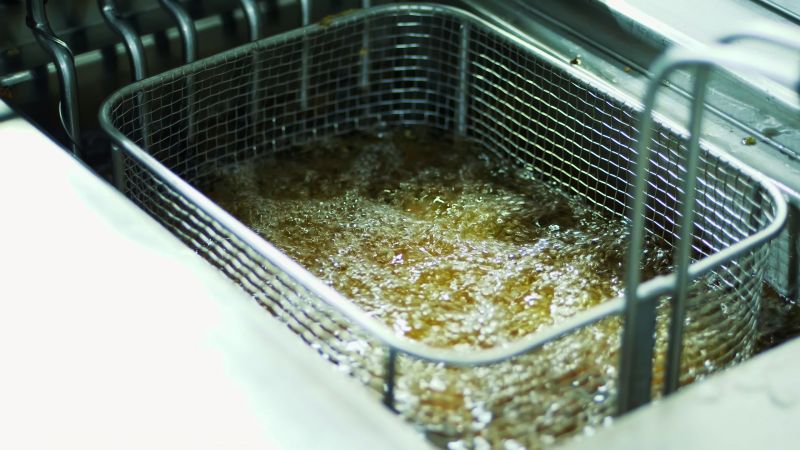
Larger grease traps designed for high-volume operations tend to have higher initial costs due to increased capacity and material requirements.
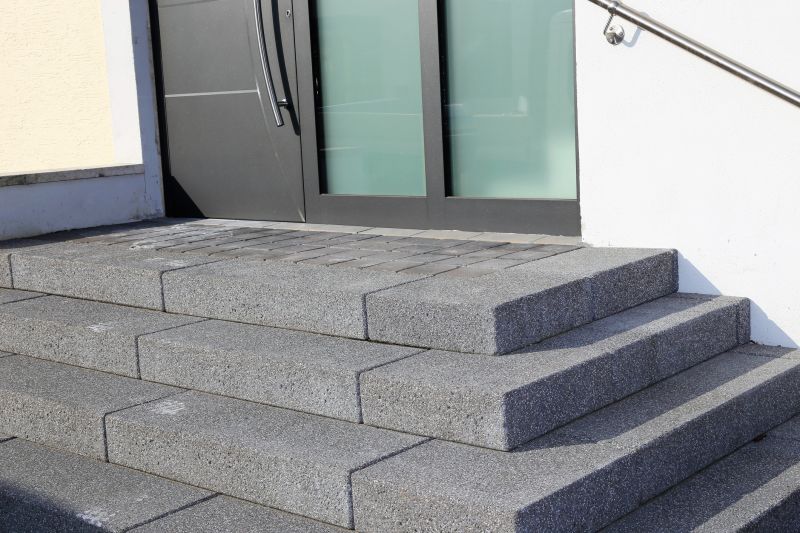
Materials such as concrete, fiberglass, or stainless steel influence cost, with stainless steel generally being more expensive but offering greater durability.
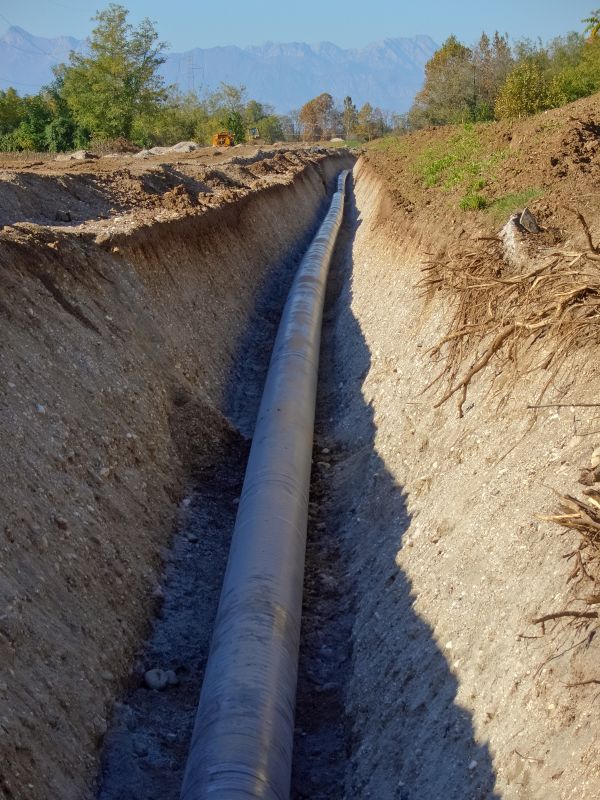
Complex installation sites, including restricted access or challenging terrain, can increase labor and equipment costs.
| Factor | Impact on Cost |
|---|---|
| Size and Capacity | Larger units cost more due to increased materials and installation complexity. |
| Material Type | Stainless steel options are typically more expensive than fiberglass or concrete. |
| Installation Location | Difficult or restricted sites can add to labor and equipment expenses. |
| Maintenance Frequency | Frequent maintenance can increase long-term costs. |
| Regulatory Compliance | Meeting local codes may require additional features or certifications, impacting price. |
| Brand and Manufacturer | Premium brands may have higher upfront costs but offer enhanced durability. |
| Additional Features | Inclusions like odor control or access ports can influence overall expense. |
The initial investment in grease traps varies significantly based on size, material, and installation complexity. Larger, high-capacity units suitable for busy commercial kitchens tend to have higher purchase and installation costs. Material choice also impacts the budget, with stainless steel options providing longevity but at a premium price. Proper site assessment ensures that installation costs are accurately estimated, especially in challenging environments. Regular maintenance and compliance with local regulations contribute to the total cost of ownership over time, emphasizing the importance of selecting a solution aligned with operational needs.
In addition to initial expenses, ongoing costs for cleaning, inspections, and potential repairs should be considered. Maintenance frequency depends on usage volume and trap size, influencing long-term expenditures. Cost-effective operation involves balancing upfront investment with durability and maintenance needs, ensuring compliance and operational efficiency.
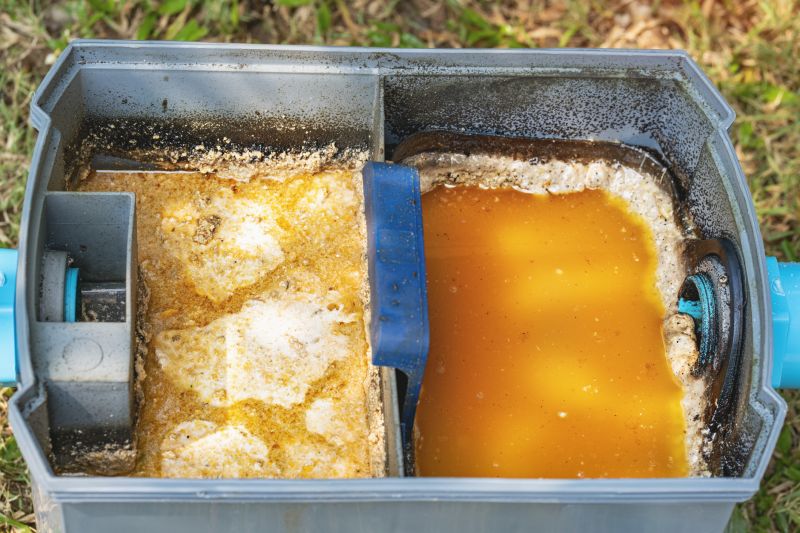
Understanding internal components helps assess maintenance needs and potential costs associated with cleaning and repairs.
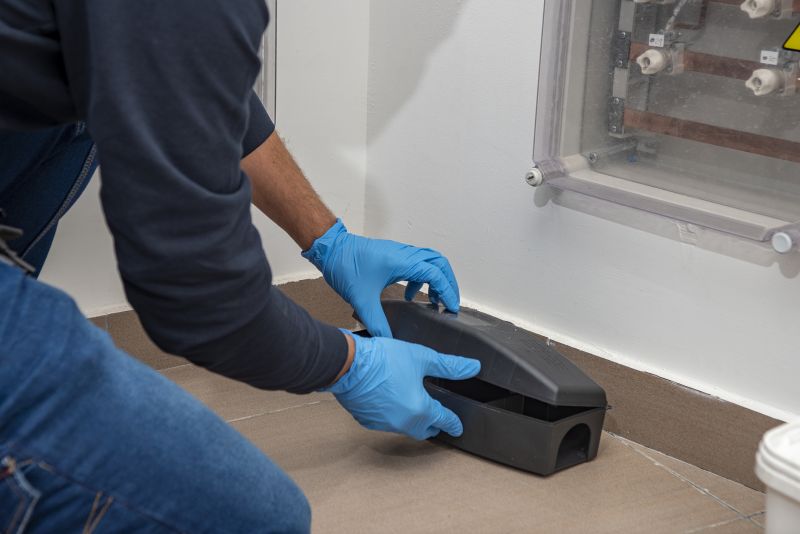
Additional costs may be incurred for traps equipped with odor mitigation systems to ensure compliance and environmental comfort.
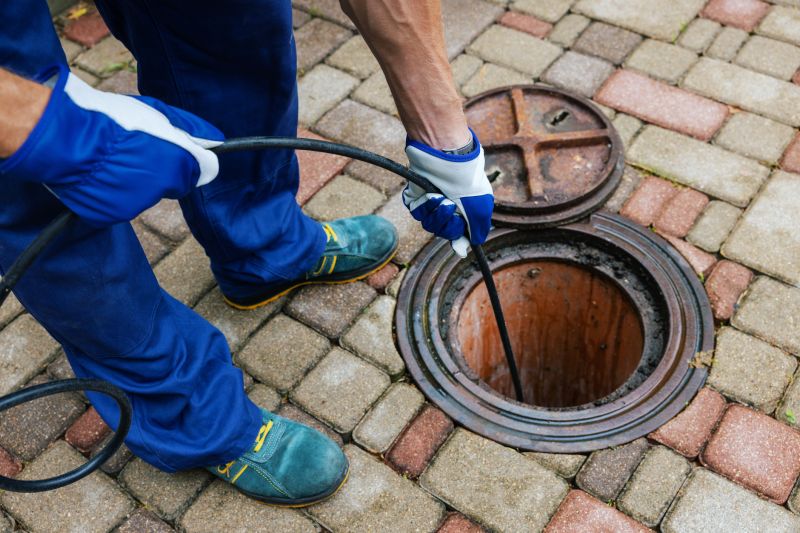
Design features like easy access points can influence maintenance costs and operational efficiency.
| Service | Average Price Range |
|---|---|
| Grease Trap Installation | $2,000 - $10,000 |
| Routine Cleaning | $150 - $500 per service |
| Inspection and Maintenance | $200 - $600 annually |
| Repairs and Part Replacements | $300 - $2,000 depending on issue |
| Odor Control System Installation | $1,000 - $4,000 |
| Custom Size Units | $5,000 - $15,000 |
| High-Capacity Units | $8,000 - $20,000 |
| Regulatory Compliance Certification | $500 - $2,000 |
